After the Marseille Lab organized by Seconde Nature and Zinc in January 2017, we are back in the City Light Orchestra Device. At this occasion we ask Antoine Schmitt, City Light Orchestra artist and its collaborator during this Marseille Lab, the designer Damien Gernay about the Lab logistic, the creation process, their experience about it.
Future DiverCities: How did your collaboration come about with this project? What inspired the City Light Orchestra Device Lab?
Antoine Schmitt : Seconde Nature Project Manager, Fabien Fabre invited me to lead on a collaborative workshop. I had the idea to transfer the principle of the City Lights Orchestra project from computer screens to synchronised lamps. This was the original idea with CLO that I never had the opportunity to set this up. It was great to be able to return to this original idea, and I contacted Damien Gernay, thanks to the iMal website, and suggested we could collaborate on it together.
Damien Gernay : And I was very happy to accept, I love projects like this, that combine and require so many skills and disciplines.
FD: Antoine, you are an artist, Damien, a designer. Your skills really complement each other, particularly with this kind of project. How did this affect the way you organised and divided the work in the lab?
AS: In the workshop, the ten participants brought their various skills and they were really complementary at the end. From my perspective, I was especially attached to the central idea of synchronised lamps. This idea developed well thanks to the object design lead by Damien, the electronic side handled by the Réso-nances experts, and the programming which I managed. All these areas contributed to each other, step by step from conception to realisation.
DG: Our skills are indeed really complementary. And I think if this Lab worked very well, it’s because all the participants had an open mind and a curiosity concerning each other’s skills. This ability to work and adapt together really facilitated the design and the City Lights Orchestra Device production methods.
FD: Tell us more about open source lamps and the process of creating them…
AS: After a day of concept presentation and brainstorming the uses, we’ve been really efficient and focused on the object conception in its 3D form: object design, electronics and programming. Small flexible groups were formed around the different tasks progressively when they appeared. We set up a bulletin board using Post-its for on-going tasks, which was very useful and gratifying to see as the completed tasks column filled up.
DG: The Lab format is really specific because it evolved over a short period of time and led to participants learning new skills. We all have the motivation to build something. Each person naturally worked where they were the most effective. It was an excellent experience in terms of listening and trust where each person developed a section to assemble and discovered the final project on the the last day of the Lab.
FD: How did the lamps produced during the lab contribute to the City Light Orchestra project?
AS: The lamps can be used to play the same symphony as City Light Orchestra by placing the lamp on a smartphone. The phone then plays the symphony that was performed in Marseille and Berlin in January this year.
FD: What are the difficulties you encountered during the lab? How did you overcome them?
AS: There were no real problem, apart from needing to adapt to the limited time which was shorter than we would have prefered. We managed to finish on time, thanks to good organization, everyone working well and professionally -and a little bit of luck!
DG: We evaluated any difficulties according to the technical material available and to everyone’s skills. The only “unknown element” was related to the Lab participants and how they would interact and work with each other. Then suddenly, Surprise! There was real involvement and motivation, it was great to see it all come together.
FD: What did participants tell you about their experience and what will you take away from this experience?
AS: It seems that the majority was really happy about the experience because they learnt a lot of new skills in different fields. And the human vibe was really warm and joyful.
FD: Are their any new plans for the City Light Orchestra Device? Can you share any plans for future development?
AS: There are many different possibilities. We’d like to finalize the lamp, to refine its uses and make it more solid and easier to produce. Then, we would like to use it in different context, maybe during another series of workshops to explore and build variations according to its applications. We could also use it during participatory events. There is also a potential opportunity to produce a small series in the field of interactive design, this would be great to explore further.

Recent Comments